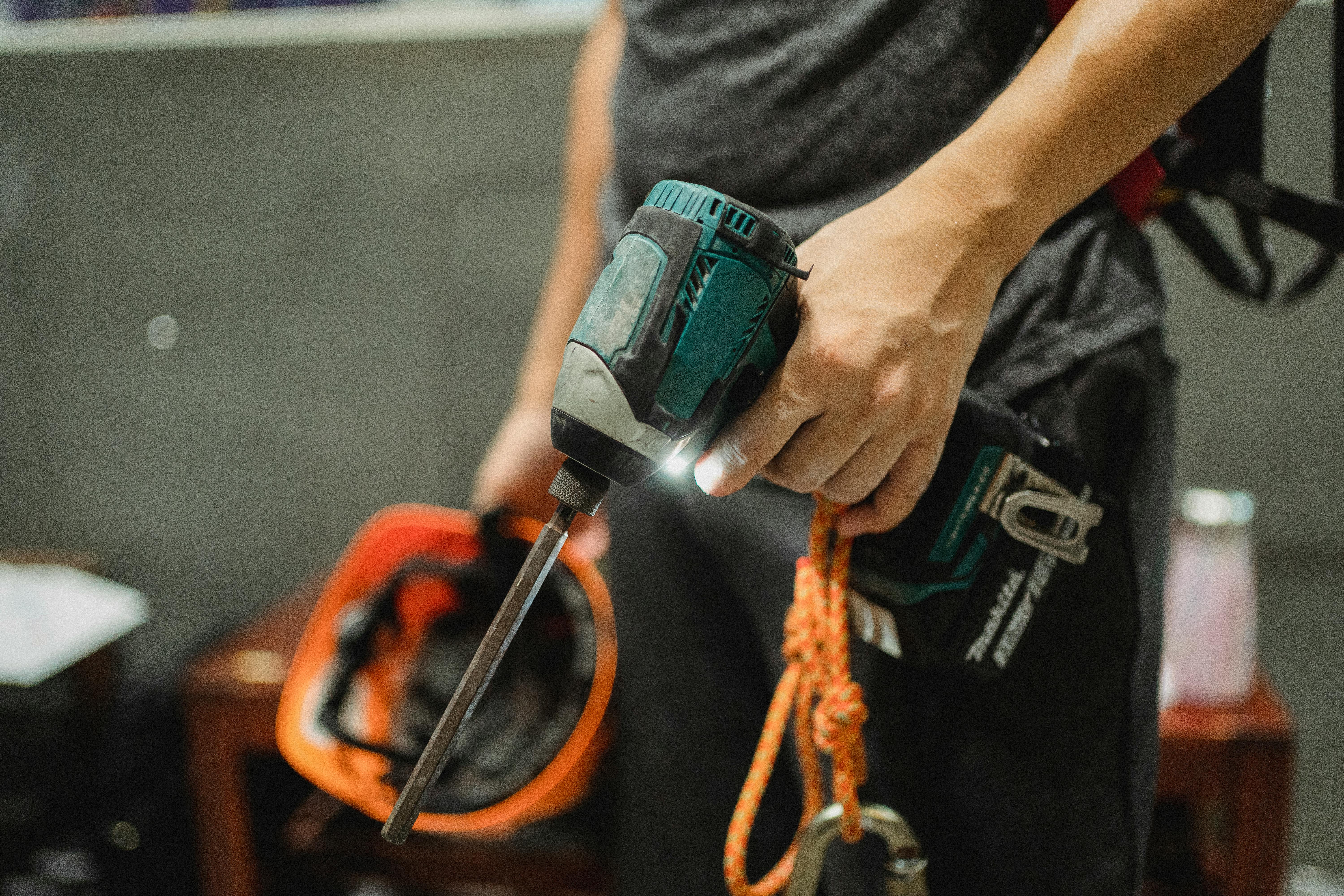Penny Stoves make cheap camping comfortable. For little more than the cost of a bottle of fuel and the time it takes to find two used soda cans, you can have an instant heat source, useful for cooking, sterilizing water, and keeping yourself warm.
Penny stoves are built using the bottom ends of two soda cans, slotted together to provide a closed container. One end of the container is perforated to allow fumes to escape from the container, with a slightly larger hole in the center of the same end, used to fill the container with fuel. A penny is placed in this hole after the fuel is added to the penny stove, thus regulating the pressure and giving us the name: Penny Stove.
Although simple in principle, penny stoves can be quite difficult for the inexperienced user to light. Follow these steps to instantly light your penny stove every time:
- Use the correct fuel: Denatured alcohol, the technical name, is the optimal fuel for your penny stove. The term “denatured” means that the alcohol has been poisoned, both to avoid taxes/duties on liquor (thus keeping costs down) and to prevent people from drinking it. Denatured alcohol burns cleanly and gives off a strong vapor. It is also less prone to explosive combustion (unlike oil). You can find denatured alcohol almost anywhere: at your grocery store, local hardware store, convenience store, or gas station.
- Space the burner holes correctly: The size and frequency of the burner holes on your penny stove will dictate how easily you can light it, along with the size of the flame (and therefore how much heat it will put out) and how much of time the fuel will remain. latest. There is no hard and fast rule as to how many holes your penny stove should have, although the more holes you have, the finer and hotter the steam jets will be. Burner holes should be no larger than a thumbtack, to allow the maximum amount of pressure to build up in the stove as the fumes escape to ignite.
- Protect the flame from the wind: Lighting your penny stove outside without wind protection is difficult in all but the calmest of conditions. Install a physical block around the stove to prevent any turbulence from affecting the stove or ignition flame (match, lighter, etc.). Keep in mind that in daylight the stove flame will be nearly invisible, so you may have a stove running without realizing it. To create an affordable and portable windbreak, place your stove on an old tin that is slightly larger and taller than the stove’s dimensions. This will also help in…
- Stove Priming: Although denatured alcohol emits a large amount of vapors, it can be very difficult to ignite. To help light the stove, you will need to prime it by using a small amount of your fuel around the base of the stove, outside of it. If you used the can from step 3, for a small amount of fuel (you could almost clean it) and put the stove back in the can. Light the fuel in the can (not the stove). Shortly you will hear the fuel in the penny stove start to sizzle and boil. This increases the amount of fumes you emit, and the flames from the priming fuel, if you time it correctly, will expire just when they are high enough to ignite the fumes from the top of the can.
But above all, practice! If you plan to use your penny stove for an upcoming camping trip, be sure to practice lighting and cooking with it as much as possible before you head out.
